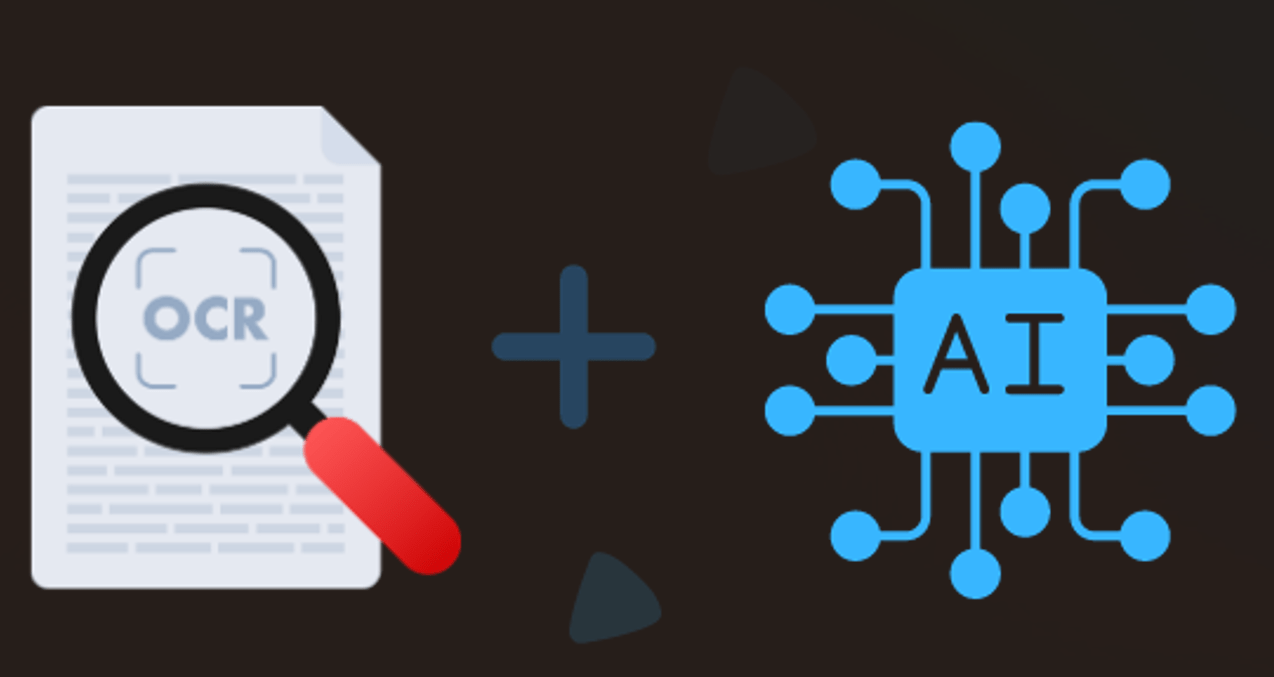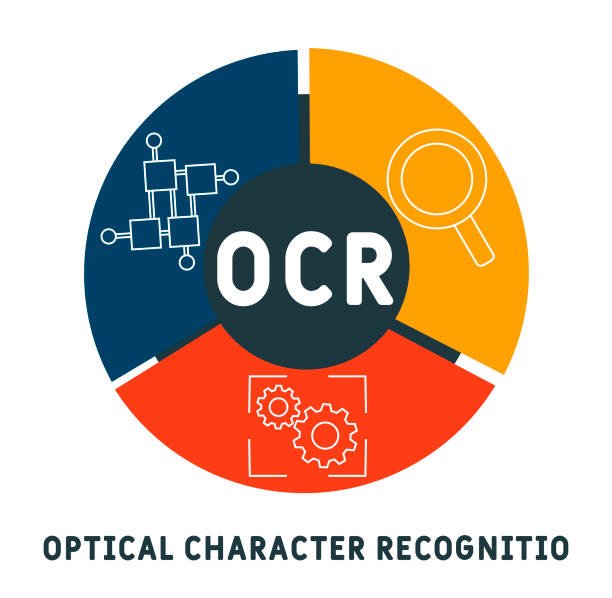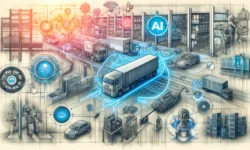AI and OCR in 2025: From Scans to Structured, Actionable Data
Published on: August 26, 2025 | By: blog-ai

AI and OCR in 2025: What it is and why it matters
AI and OCR in 2025 (intelligent optical character recognition) automatically extracts content from paper documents, PDFs, or scanned images and turns it into structured, usable, and editable data. Beyond classic OCR that only reads characters, AI-powered OCR understands the context: it recognizes document types, detects key fields, and triggers actions (classification, validation, archiving) with minimal human input.
This intelligent document processing plugs into your day-to-day tools—ERP, CRM, and content services (GED)—to automate document handling, improve data reliability, and optimize end-to-end processes.
How AI-powered OCR works (step-by-step)
| Step | Description |
|---|---|
| Capture | Import or scan a PDF/image/form (mobile, MFP, email, SFTP). |
| Recognition | OCR reads printed or handwritten text with AI-enhanced engines. |
| AI Analysis | Detects layout, identifies key zones, and extracts structured fields. |
| Structuring | Normalizes data into editable, machine-usable formats (JSON, CSV, XML). |
| Automation | Classifies, validates, and routes data to GED/ERP/CRM—no manual effort. |
Unlike traditional OCR, AI and OCR in 2025 continually learns from feedback to improve accuracy on complex layouts, low-quality scans, stamps, tables, and handwriting.
Key advantages of intelligent OCR
- Smart reading of complex documents: multi-zone forms, variable layouts, mixed languages, handwritten notes.
- Automatic field extraction: totals, dates, IDs, line items, vendor/customer info.
- Error detection: flags anomalies, missing fields, or out-of-range values before they enter your systems.
- Continuous improvement: machine learning improves with every processed batch.
Want a deeper dive? Read our guide: AI OCR vs. Traditional OCR.
Business outcomes: productivity, quality, compliance
Less manual entry, more productivity: AI and OCR in 2025 automates data capture and reduces repetitive typing, cutting processing time per file (invoices, contracts, delivery notes) and minimizing human error.
- Lower operational workload on inbound documents.
- Fewer data-entry mistakes and rework.
- Faster cycle times and happier teams focused on higher-value tasks.
Better data quality and auditability: validations, confidence scores, and traceable rules improve governance and compliance.
Smart classification & workflows with AI and OCR in 2025
AI automatically identifies the document type (supplier invoice, signed contract, purchase order) and files it in the right place without human intervention. It can also trigger approvals, exports, and notifications.
- Auto-sorting, archiving, and routing based on content and confidence scores.
- Direct export to the correct system: GED, ERP, CRM, DMS.
- Streamlined workflows—no breaks, duplicates, or misfiles.
Seamless integration with ERP/CRM and GED
AI and OCR in 2025 connects via standard APIs and webhooks, so you can integrate quickly—no disruptive overhaul required. The system scales with document volumes while maintaining performance.
- API-first connectors for ERP/CRM (SAP, Microsoft Dynamics, Salesforce) and GED/DMS.
- Rapid rollout with minimal change management.
- Elastic scaling for peak document loads.
Explore practical tooling ideas in our article Document Automation Guide.
What AI and OCR in 2025 changes in practice
Here are two high-impact areas where intelligent OCR removes bottlenecks and improves service quality.
| Sector | Problem | What AI adds |
|---|---|---|
| Mailroom | Manual sorting is slow; routing to the right owner is error-prone. | AI and OCR in 2025 recognize each mail type, understand content, then route and classify automatically. |
| Human Resources | Employee docs are handwritten or poorly named/organized (contracts, payroll, IDs). | The system detects document type, extracts key fields, and files them in the correct folder with consistent naming. |
FAQ on AI and OCR in 2025
Is intelligent OCR only for invoices?
No. It handles contracts, purchase orders, delivery notes, HR files, claims, KYC documents, and more.
Can it read handwriting reliably?
Yes, within limits. AI models trained on your document types significantly improve handwriting accuracy over time.
How do we measure success?
Track straight-through processing rate, validation exceptions, average handling time, and post-entry correction rate.




